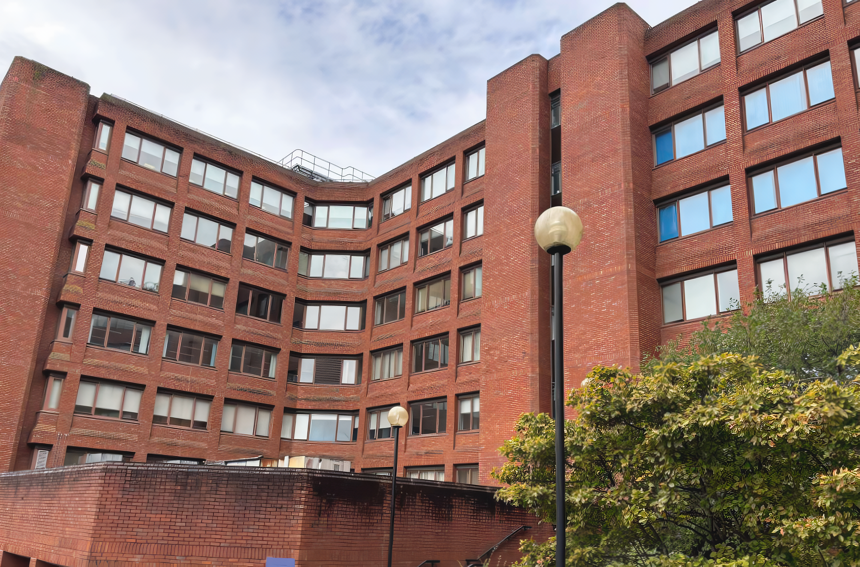Public nuisance – Damages – Respondents alleging personal injury resulting from public nuisance caused by appellant council in permitting escape of toxic materials – Application to strike out claim in public nuisance refused – Whether damages for personal injury recoverable in public nuisance action – Appeal dismissed
Between 1983 and 1989, the appellant council acquired 680 acres of heavily contaminated land with a view to reclaiming and developing it. The 18 respondents were born, between 1986 and 1999, with deformities of the upper limbs to mothers who had lived close to the contaminated land. In 2006, they brought claims against the appellants for damages. They alleged that their deformities had been caused by their mothers’ exposure, during the embryonic stages of their pregnancies, to toxic materials in the course of the appellants’ reclamation and decontamination programme. Their claim was initially pleaded solely in negligence, but they subsequently added further points of claim, alleging breach of statutory duty and public nuisance.
In the public nuisance claim, the respondents alleged that the reclamation programme had arisen directly from the appellants’ use, control or occupation of the land and that the appellants had allowed toxic material to escape into the surrounding community and onto the public highway, thereby endangering public health and causing personal injury to the respondents.
The appellants applied to strike out the claim in public nuisance on the ground that, as a matter of law, damages for personal injury could not be recovered on a public nuisance claim. Refusing that application, the master took the view that this was a developing area of law and that he could not say that the claim in public nuisance had no real prospect of success. The appellants were given permission for an appeal to be heard by the Court of Appeal in view of the importance of the point.
The appellants contended that although it had long been assumed that damages for personal injury were recoverable in public nuisance, and they had been awarded in a number of cases, the recoverability of such damages had never been in issue and the assumption was incorrect, since the interest invaded by a public nuisance was not the interest of bodily security but that of liberty to exercise rights over land; the appropriate claim for personal injury was in negligence. They sought to rely upon statements of the House of Lords in Hunter v Canary Wharf Ltd [1997] AC 655 and Transco plc v Stockport Metropolitan Borough Council [2003] UKHL 61; [2004] 2 AC 1 in support of that submission.
Held: The appeal was dismissed.
It was well established that damages for personal injury could not be recovered for private nuisance since that was a tort based upon the interference by one occupier of land with the right in or enjoyment of land by another, and the same applied to claims under the rule in Rylands v Fletcher (1860) LR 3 HL 330. However, the authorities did not contain any clear statement that damages for personal injury should no longer be recoverable in public nuisance. Such a rule, if adopted, would involve an important change in law that had been established and regularly applied for a long time, and an express statement would be expected if that were the intention: Hunter and Transco considered. The long-established principle that damages for personal injury could be recovered in public nuisance had not been impliedly reversed by either of those decisions, which were, in any event, concerned with private nuisance and the Rylands v Fletcher rule. They had merely raised the serious possibility that the House of Lords might, in future, change the law; it was not open to the Court of Appeal to do so.
Moreover, it was not self-evident that the law should be changed. The definition of the crime of public nuisance said nothing about the enjoyment of land, and some public nuisances had nothing to do with interference with the enjoyment of land; the ingredients of the tort were the same as those of the crime. A public nuisance was an unlawful act or omission that endangered the life, safety, health, property or comfort of the public: R v Rimmington; R v Goldstein [2005] UKHL 63; [2006] 1 AC 459 considered. The purpose of the law that made such acts or omissions a crime and a tort was to protect the public against the consequences of acts or omissions that endangered their lives, safety or health; one obvious consequence was personal injury. The purpose was not to protect the property interests of the public. Although it was true that the same conduct could amount to a private and a public nuisance, the two torts were distinct and the rights protected by them were different. Consequently, it could not be said that the respondents’ claim in public nuisance had no real prospects of success.
Charles Utley (instructed by Berrymans Lace Mawer, of Manchester) appeared for the appellant; Kenneth Hamer (instructed by Collins Solicitors, of Watford) appeared for the respondents.
Sally Dobson, barrister







